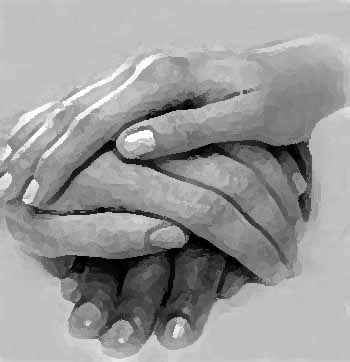
The different types of drug rehab depends on the degree of dependence, social situation of the patient and the type of drug to which they are addicted. Some rehabilitation treatments have medical components, to alleviate withdrawal symptoms, intensive counseling, and methods to address the underlying causes of addiction. In general, one can distinguish between drug rehabilitation inpatient or residential versus outpatient treatment requirements.
The different types of drug rehab is based on differing philosophies about the nature of addiction, available resources, and the degree of patient cooperation. Implementing community medical, psychological, and the law agrees that the programs are more successful, so there are a variety of paths to recovery. Although varied, these roads pass through similar stages, beginning with detoxification, through therapy, and ending with the integration in employment and housing.
Often, all types of drug rehabilitation is started in a medical environment so that health professionals can monitor the detoxification of chemicals for which the drug leaves the system chemically, and the person is no longer physically dependent on drugs. Under supervision, the patient’s side effects can be tempered by the medication, as well as adequate nutrition and sleep. This stage is not intrusive enough to allow a patient to fully recover from an addiction to drugs, because there is no psychological element.
A residential treatment center patients provides full-time supervision in a strictly controlled environment. Living in a resource associated with a hospital, psychiatric facility or a community outreach center provides underlying support to food and housing plans. This type of drug rehabilitation usually involves a short program, interventionist, often as little as 30 days, with the expectation that the addict will continue treatment in an outpatient setting.